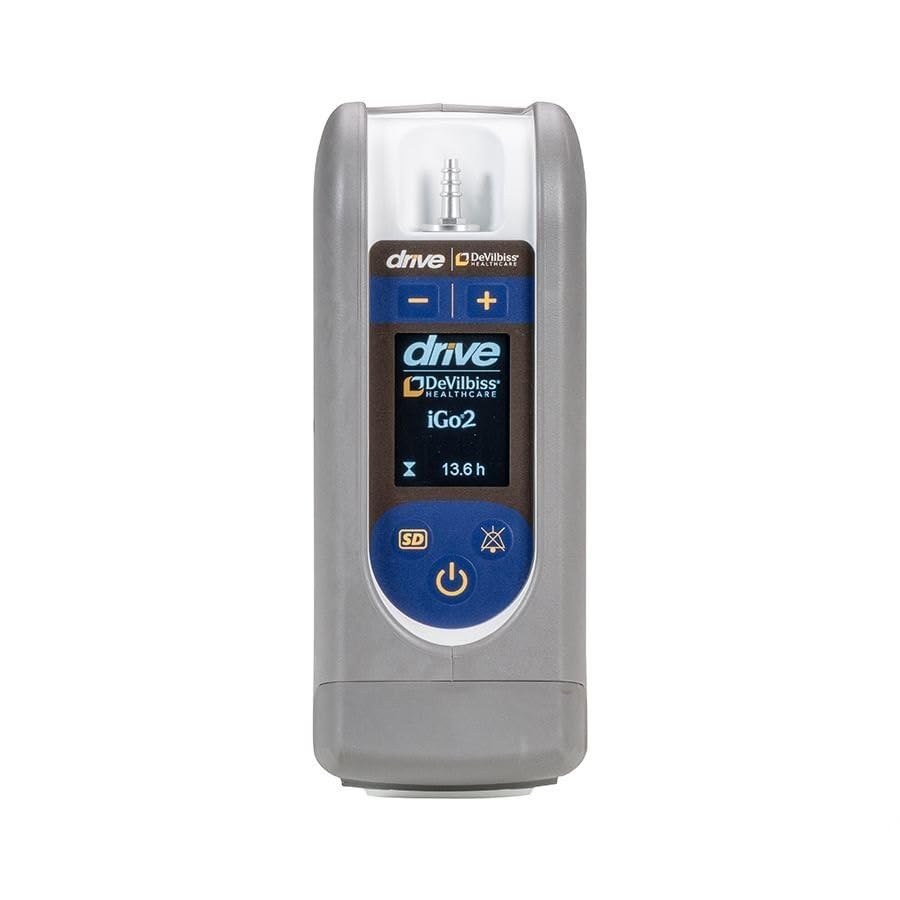Technology changes rapidly, and many of these changes have happened in the areas of medical care. Technology has significantly improved the process of diagnosing diseases and medical conditions. With new advances in imaging, DNA sequencing, artificial intelligence, and more, patients are getting diagnosed quicker, easier, and more accurately. Here are some ways that technology is improving diagnoses:
Advanced Imaging
Medical imaging technologies such as magnetic resonance imaging (MRI), computed tomography (CT) scans, and X-rays provide doctors with high-quality images of the inside of the body. This helps them identify and diagnose conditions that may be difficult to detect with physical examination alone.
A full body scan for cancer detection can be used to look for signs of cancer in many different organs and can detect them early before symptoms appear. Advances in imaging have been combined with 3D technology, artificial intelligence, and virtual reality to give providers a better look into their patients than has ever been available before. Advanced PET scans can now be used to look for early signs of Alzheimer’s. These and many other new advances are just examples of the ways imaging is getting better at helping providers get diagnoses faster and through less invasive methods.
Electronic Health Records (EHRs)
Electronic health records allow doctors to access and review a patient’s medical history, test results, and other important health information quickly and easily. Because many clinics and medical offices are dealing with a large number of patients at any given time, these electronic records are extremely important. Having records easily available and accessible to all practitioners involved with a case can help them make more informed diagnoses and treatment decisions and increase continuity of care.
Artificial Intelligence (AI)
Artificial intelligence is being used in medicine to analyze large amounts of data and assist in diagnosing diseases. While AI obviously cannot make actual diagnoses, machine learning algorithms can analyze medical images and data to identify patterns and make predictions about a patient’s health. This can help professionals narrow down options when they are searching for difficult diagnoses. It can also help detect patterns in geographical areas, family groups, occupational and environmental similarities, and more, which can help researchers and practitioners discover underlying causes and diagnoses in some cases.
Telemedicine
Telemedicine allows doctors to remotely diagnose and treat patients using video conferencing and other digital technologies. This can be particularly useful for patients who live in remote areas or have limited access to medical care. For some people, traveling to visit a doctor can be prohibitively expensive, difficult, or time-consuming. This can be especially common in patients with mental health concerns, the elderly, and those living in poverty. Because of this, making telemedicine available for these people can greatly increase the detection and diagnosis of diseases and can improve the quality of life for patients who otherwise may not be able to access medical care.
Wearable Technology
Wearable technology such as fitness trackers and smartwatches can monitor a patient’s vital signs and activity levels. Many of these devices can collect and store data on a patient’s vital signs, such as heart rate, blood pressure, and oxygen levels. This data can be analyzed to detect early signs of health problems, leading to faster diagnoses and treatment. It can also be used for patients who have been experiencing certain anomalies such as sudden rapid heartbeat, breathlessness, drops in blood pressure, and arrhythmia. Because some of these devices can store information, they can be used to check for patterns or changes in vital signs over the past few weeks which can help lead to diagnoses or save time in evaluating the patient. While these items are not intended to be used as medical devices or to diagnose conditions, they can be helpful for doctors to use along with other, more traditional methods of diagnosis.
Point-of-Care Testing
Point-of-care testing devices allow healthcare providers to perform diagnostic tests quickly and easily at the patient’s bedside. These devices can diagnose a range of conditions, including infectious diseases, heart conditions, and diabetes. Fast detection and diagnosis can help improve the outcome of many diseases. In others, fast detection simply allows the patient to receive faster treatment, speed recovery, allow patients to be more comfortable, and avoid lengthy waits. It can also avoid unnecessary medication based on incorrect diagnoses, which can be costly and risky.
Point-of-care testing can also reduce the spread of communicable diseases by allowing providers to receive positive results immediately and advise patients on quarantine instructions and information on the contagious nature of the virus or bacteria. If needed, antibiotic treatment can be given immediately, allowing patients to begin feeling better quickly and reducing the length of time they will be contagious.
Genomic Sequencing
Genomic sequencing is used to identify genetic mutations that may be responsible for certain diseases. This technology has dramatically improved the accuracy of diagnoses for genetic disorders. Using genomic sequencing, rare and hard-to-confirm genetic conditions can be diagnosed and so far, around 6000 conditions have been mapped and can be traced with this method.
In other cases, genetic sequencing can help doctors confirm the cause behind a diagnosis they have already made. They can also use these tests to evaluate the changes of the patient passing the condition on to their offspring and to help support decisions made during genetic counseling.
Final Thoughts
While many of these technologies are in the beginning stages of use, others are already well-known, and many more are being developed each year. Providers can use many of these technologies in combination with more traditional diagnosis methods, patient consultations, and their own experience. Overall, technology is helping doctors to make more accurate and timely diagnoses, which is essential for improving patient outcomes and reducing healthcare costs.





























